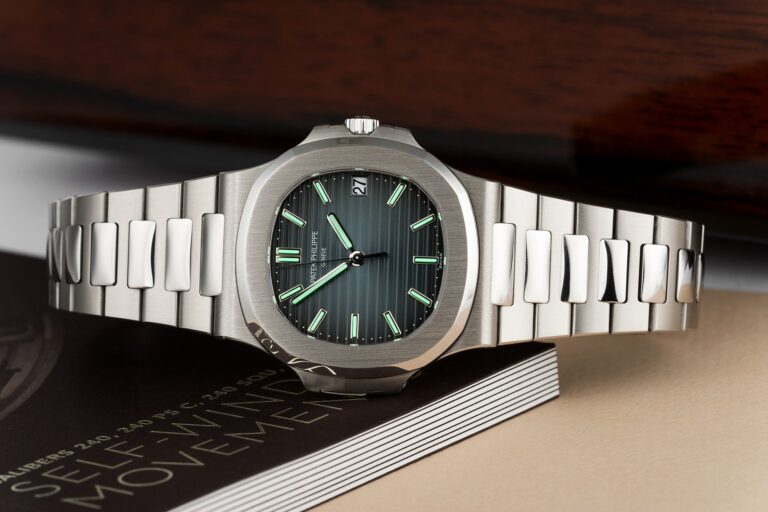There is no escaping luxury. There is a sense of luxury wherever you look. Luxury is commonplace. So why is the overall luxury goods market in decline? Is it the global economic situation? Luxury brands have used China’s economic slowdown as a reason for declining sales, but the results have been disappointing. But there may be more to it than that. Frédéric Grange, head of watches and jewelery at Chanel, said the luxury goods industry would face a “complex” situation for several years due to the “dwarfing” of its products. Luxury is no longer unique and exclusive, and that includes luxury watches. Do we suffer from severe luxury fatigue? If so, what is the treatment?
Frédéric Grange told Switzerland’s Le Temps newspaper. The statement was also quoted by AFP, which said that the slowdown in the Chinese economy is indeed a key factor in why luxury goods sales are lower than expected. He also said some luxury brands have become overly dependent on the Chinese market. But Granger says there are also more elusive factors at play, and China is not to blame. Customers are tired of being overwhelmed by luxury goods. ”
Are we suffering from severe luxury fatigue?
Grange uses the word “beaten,” which may sound harsh and hyperbolic, but the scale of the constant flow of luxury goods, from vacation homes, vacations, and cars to fashion and watches, is It has reached an epic scale. Never before has everything been such a luxury in so many lives. Post-pandemic, the luxury goods sector gained extraordinary momentum. Unsustainable abnormal growth was more or less taken for granted and used as a basis for future prognosis. Post-pandemic business strategies for luxury brands seemed to lack normalcy after an abnormal situation.
Expected growth hasn’t happened in China, and inflation is steadily eating away at unnecessary luxury budgets in the US and Europe. Do these recent developments signal a decline in the hype surrounding this industry? The answer is yes, but there is more at play that requires explanation.
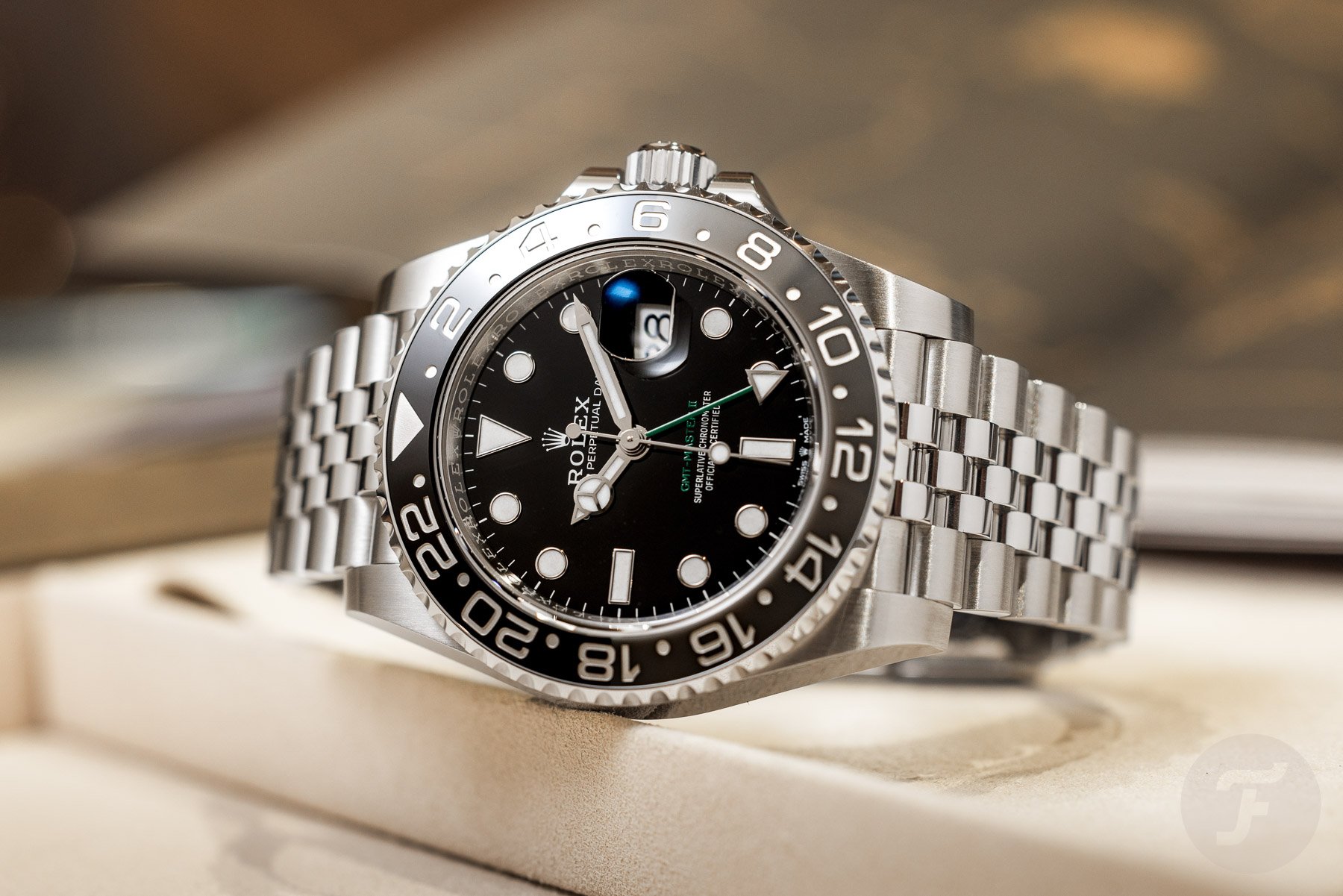
prediction and reality
The current situation may be bleak, but not too long ago, the outlook for the luxury goods market in 2030 was very positive. According to many forecasts, the market value of luxury goods will reach up to 580 billion euros by the end of this decade due to the presence of Generations Y, Z and Alpha. This is an increase of approximately 60% compared to 2022. However, we are now seeing a slowdown in growth. And that’s despite research showing that Gen Z consumers start buying luxury goods three to five years earlier than Millennials (at age 15 instead of 18-20). Generation Alpha, born entirely in the 21st century, was expected to behave similarly.
Also important in expanding the world of luxury goods was the anticipated rise of new markets such as Africa, emerging Southeast Asian countries and especially India. Another factor in the growth forecast is the role of technology. E-commerce combined with AI should contribute to the growth of this sector.
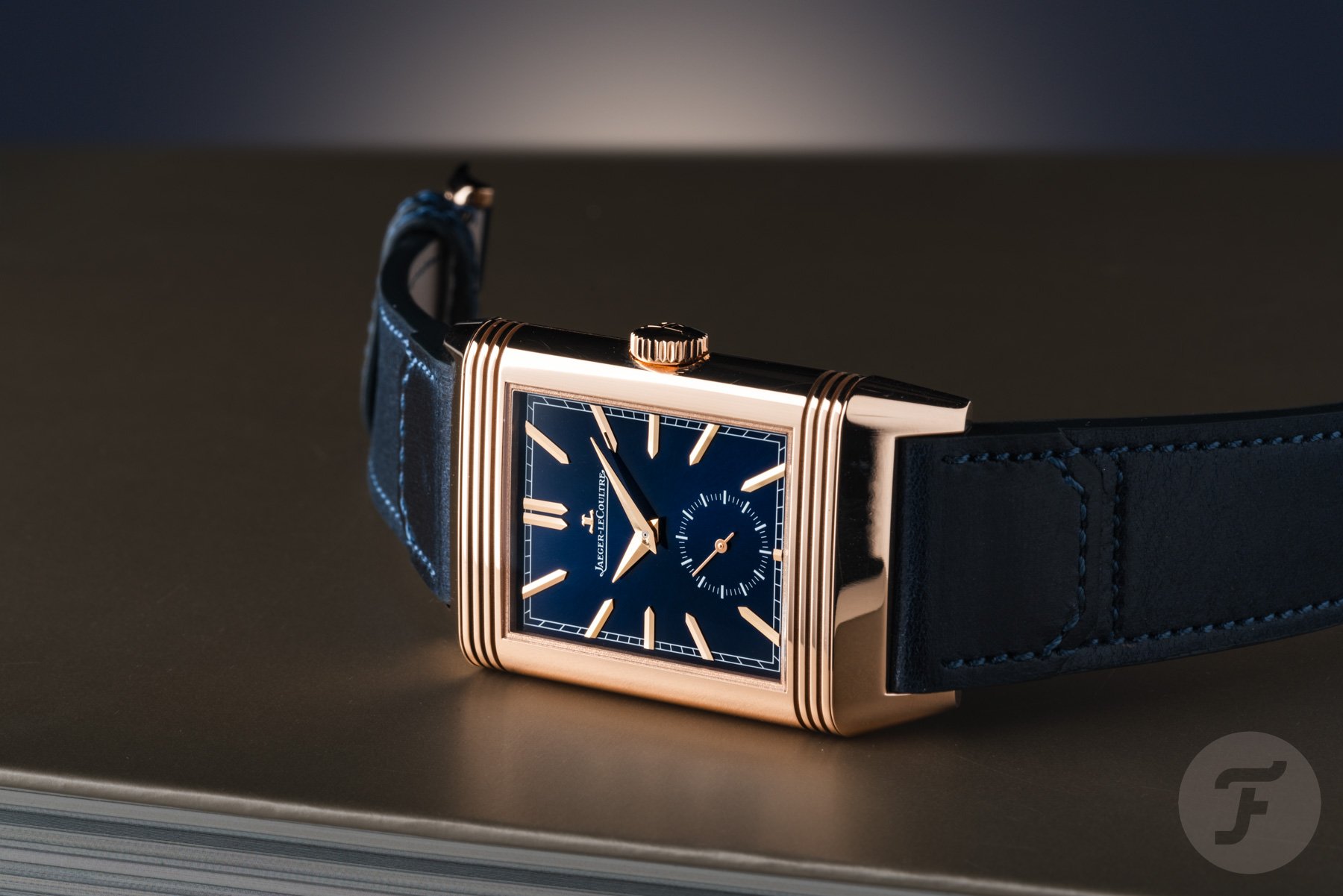
Do your forecasts take into account how potential and actual luxury buyers will grow?Current and future luxury customers are becoming increasingly well-informed. And savvy customers want more. Brands must go to great lengths to interest, engage, and satisfy existing and potential customers and build lasting relationships. One of the strategies is to release new collections one after another and release new collections in quick succession. But isn’t luxury about quality, not quantity?
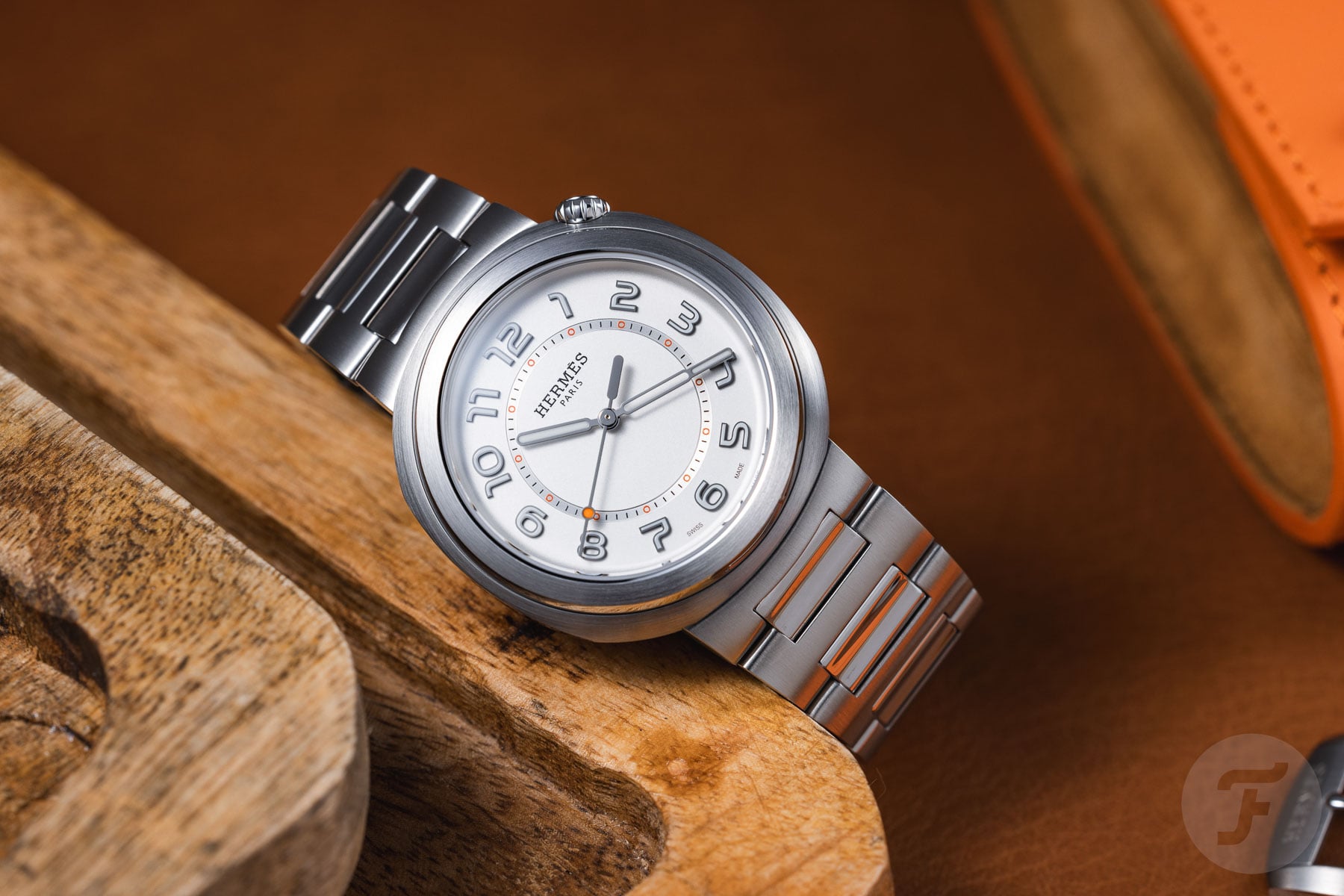
experience luxury
Hermès defines luxury as something that can be repaired. In this case, quality is preferred over quantity. Handmade products are better than mass-produced products. While this may be true, this is a hardware-based claim, and luxury is about more than tangible bags, necklaces, and watches. Coco Chanel said: “Some people think that luxury is the opposite of poverty. It’s not. It’s the opposite of vulgarity.” Merriam-Webster told me that vulgar people “lack education, awareness, and taste.” Masu. Lack of education, awareness, and taste are not tied to money. However, it is possible to afford and experience high-end luxury. Luxury has always been, and always will be, about experiencing something that few people can experience.
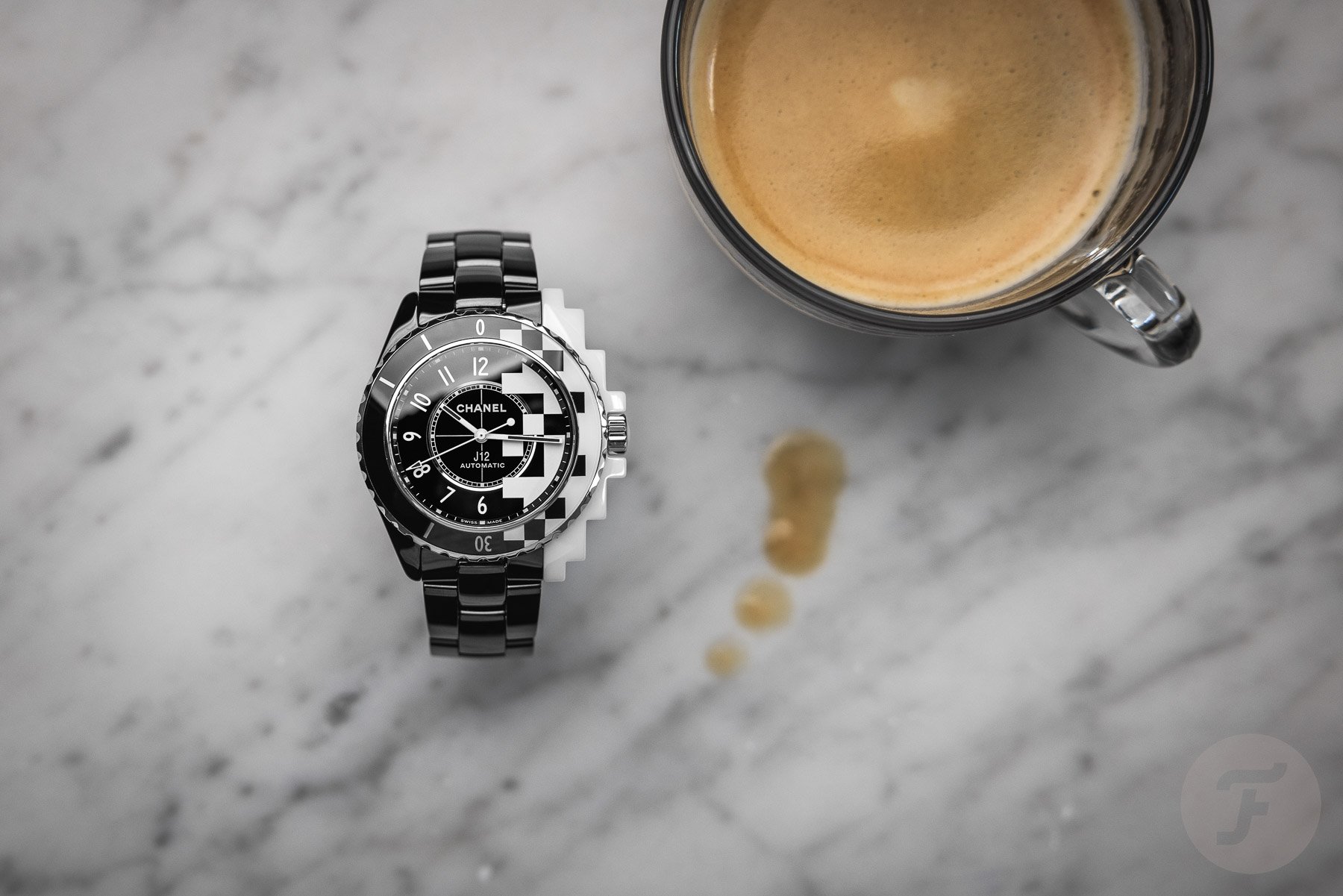
Purchasing rare luxury items is a valuable experience. As a result, many luxury brands have limited supplies of their most valuable products. A strategy that only allows certain customers to make certain purchases is an experience that makes customers feel privileged. You might think this is a new strategy invented by watch dealers who carry certain brands. Still, Louis Vuitton was already using this sales/marketing technique successfully in the 19th century when it started its business.
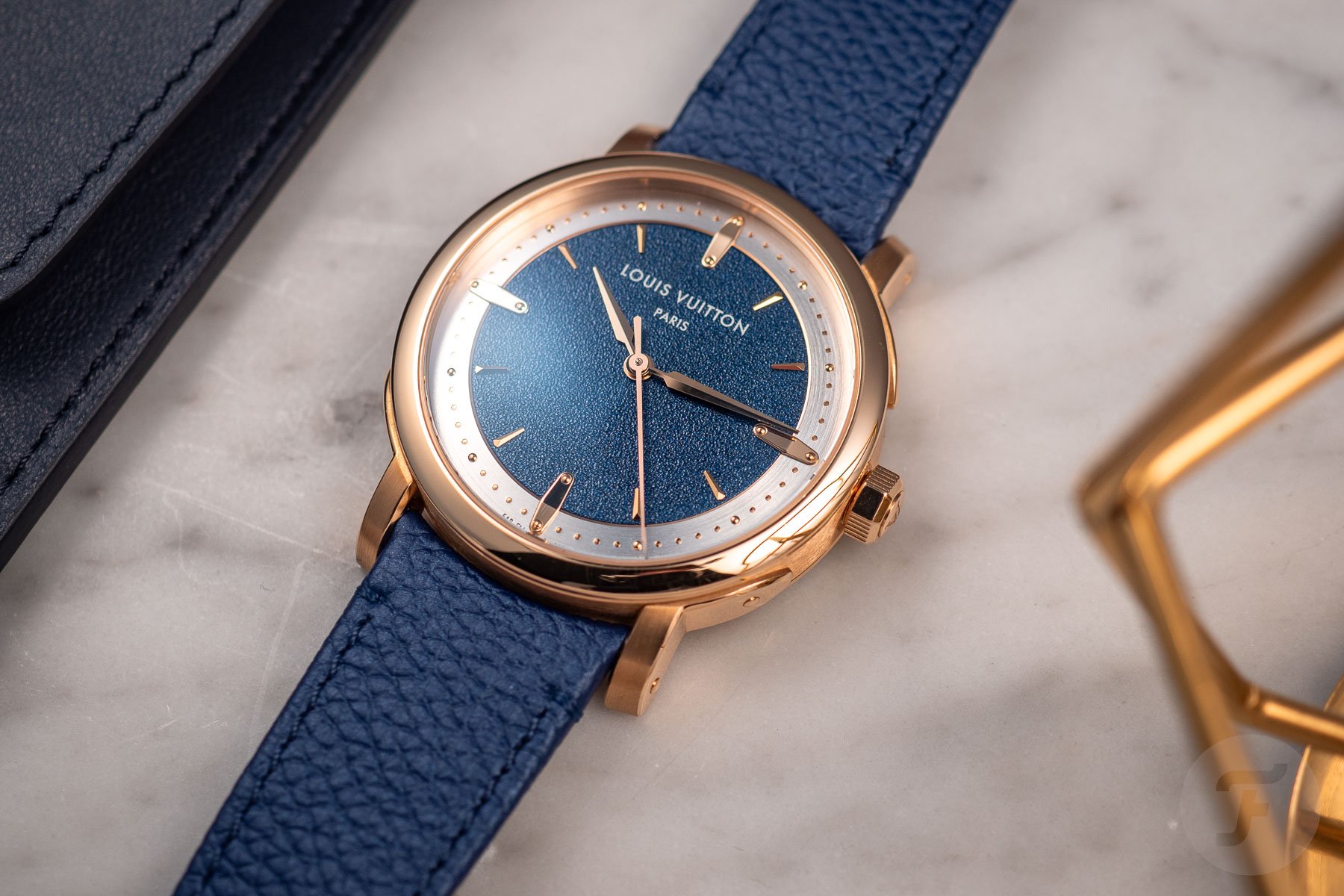
slow luxury
Excessive exposure to luxury items like watches undermines exclusivity. In addition to non-branded channels on social media, brands are releasing new luxury “must-haves” to the world virtually every day. Major watch brands have shifted from a strategy of introducing novelties at annual watch fairs in the spring and something at the end of the year to introducing new products throughout the year. When Georges Kahn first took over as CEO of IWC, he told me that the Swiss watch industry was trying too hard to keep up with the fashion industry. He said that luxury watches are slow and fashion is fast. As the number of new watches released throughout the year has increased, the craftsmanship, historical and emotional meaning of the products has diminished.
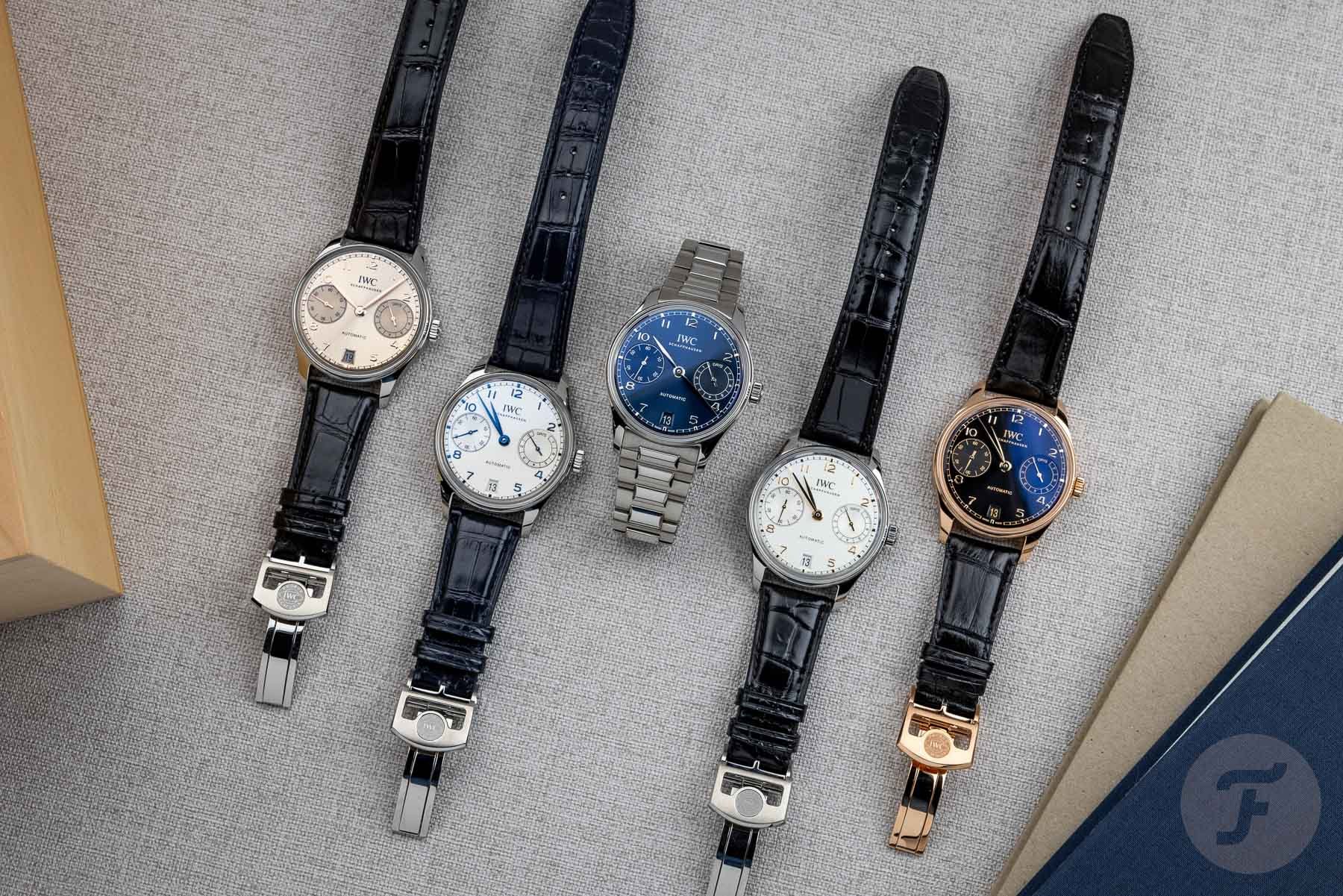
The watch industry has definitely picked up the pace since the early 2000s. The way novelties are released seems crazy and almost like a gold rush. Let’s chase every move that can make us rich. However, this rush to the luxury market has resulted in a plethora of products receiving an equally disproportionate amount of attention. Exclusivity in all aspects has been criticized. Luxury brands are currently attracting the attention of many people and are admired by many people. The pandemic served to accelerate that process, as people wanted to spend money on things that made them feel good, and everything outside of their home premises was off-limits. Enter luxury watches. You can see it online, get it online, and have it delivered to your door.
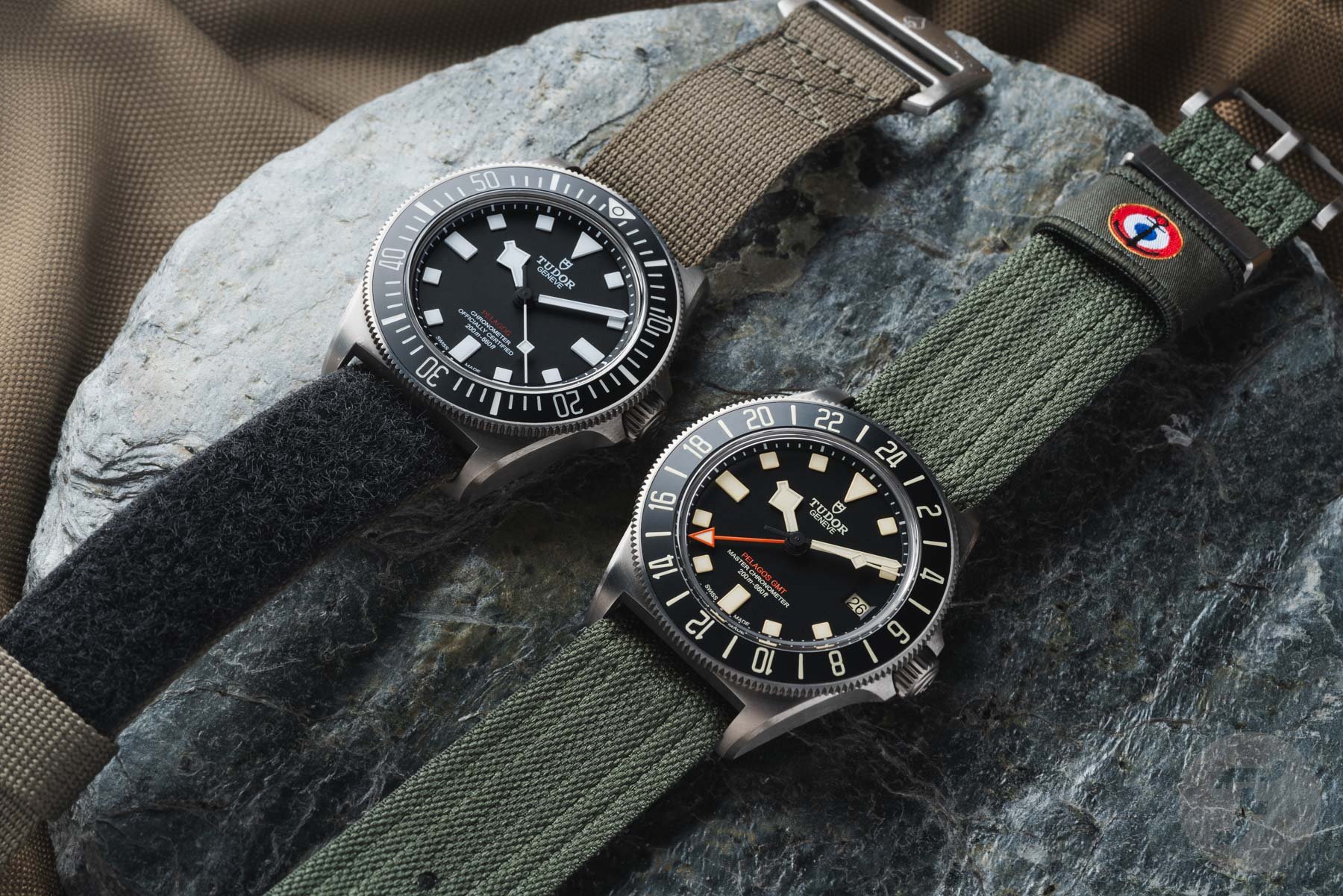
it’s a balancing act
With the rapid increase in consumption of luxury watches, the element of exclusivity is under great pressure. I also think that people who bought luxury watches during lockdown were hoping that these watches would bring them peace and happiness. I’m sure many people were very disappointed. Also, how can you claim to own a luxury item when everyone sees luxury watches everywhere as part of their lifestyle? The exclusive experience is gone, and so is the reason to pay a premium price. It is being said. There’s a delicate balance between being special or unique and being perceived as equal and valuable by your peers. You want to be special with your own special watch, but you’re not the only one who recognizes it as special.
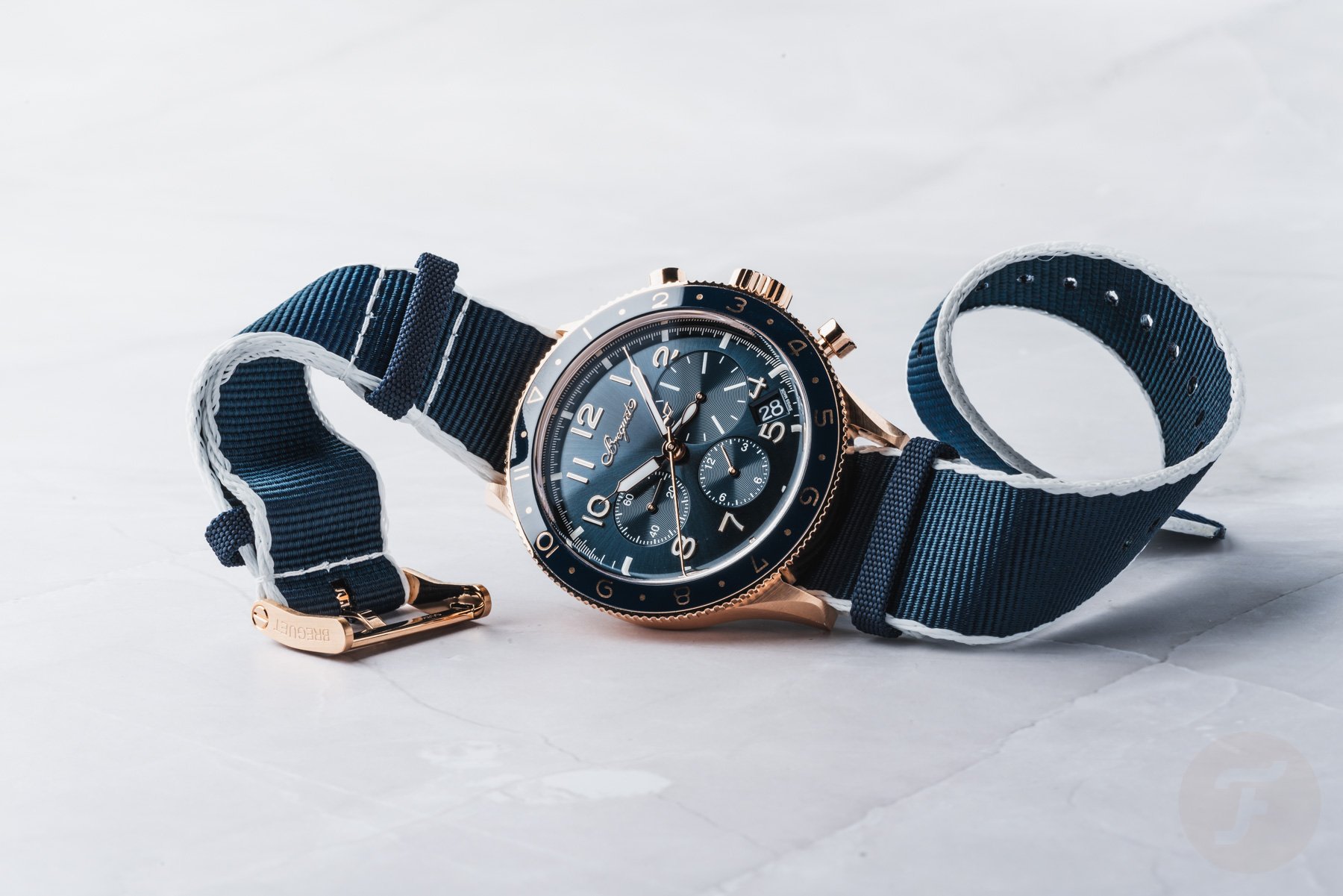
With an endless stream of novelties and overexposure, many people suffer from luxury watch fatigue. Even avid watch fans can suffer from mental strain and exhaustion from seeing too many watches everywhere. Did you know that it can cause moodiness and irritability, among other symptoms? This can also be referred to as “frustrated clock syndrome,” and it’s not exactly pleasant. With the widespread availability of expensive watches, watches are becoming less special. It’s also important to note that the conversation about watches has moved from the object itself to its monetary value.

How to cure fatigue from luxury watches
Less is more. That can cure the severe fatigue of luxury watches. It is effective to reduce product introductions. The launch of a new watch is supposed to be a memorable event for both the brand and the public, but it becomes boring when it’s all over the place. How can a brand expect to look classy and unique when it constantly releases new watches? I want people to recognize me as the embodiment of skill. Unfortunately, such expectations are completely unrealistic.
The fast-paced introductory schedule kept adrenaline levels high for a while, but now it seems like audiences are always looking for that hyper feeling. Also, many novelties lack originality in terms of creativity. Chanel’s Frédéric Grange said greater creativity and a long-term perspective won’t please shareholders in the short term. But remember, a 100-year-old watch brand needs to consider continuity and protect a reputation built carefully and slowly.
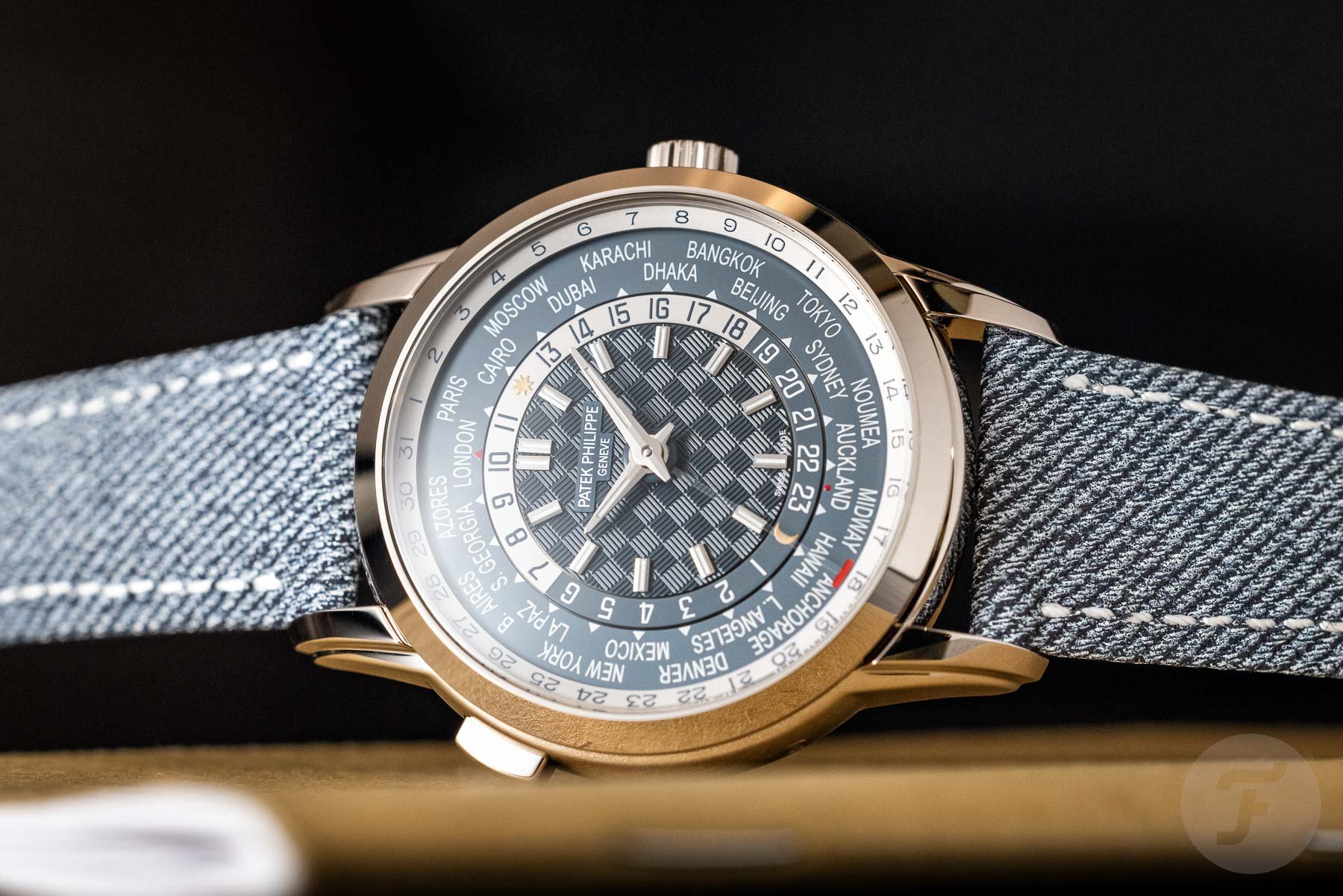
Please take it easy now
While adhering to its original form, rooted in craftsmanship and outstanding functionality, the watch brand moves towards a broader meaning, drawing on imagination and symbolic power, offering more original timepieces at a slower pace. you should aim to do. This pace should allow the public to absorb the novelty, learn about it and appreciate its originality and exclusivity. Luxury watches should not be consumed at breakneck speed. Rather, I want you to take your time and enjoy it carefully. What’s true for watch brands is also true for watch fans. Please take your time now. If that means dieting your Instagram intake, so be it.

This may be an unpopular opinion, but luxury watches shouldn’t be everywhere or for everyone. Let me tell you, not everyone can own or wear them. You don’t need a big budget to be interested in them. Look at it like this. F1 fans don’t have to drive a F1 car to enjoy the sport. Watch enthusiasts can appreciate the value of out-of-reach watches when they are special and exclusive.
Header image: Watch Club
